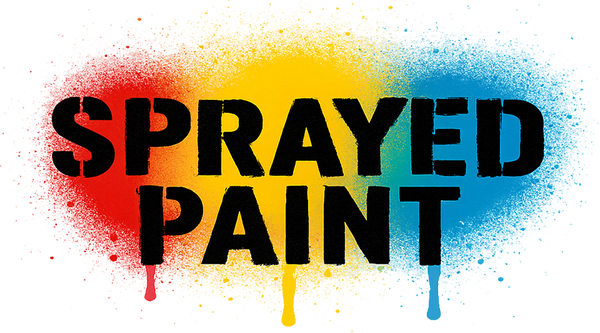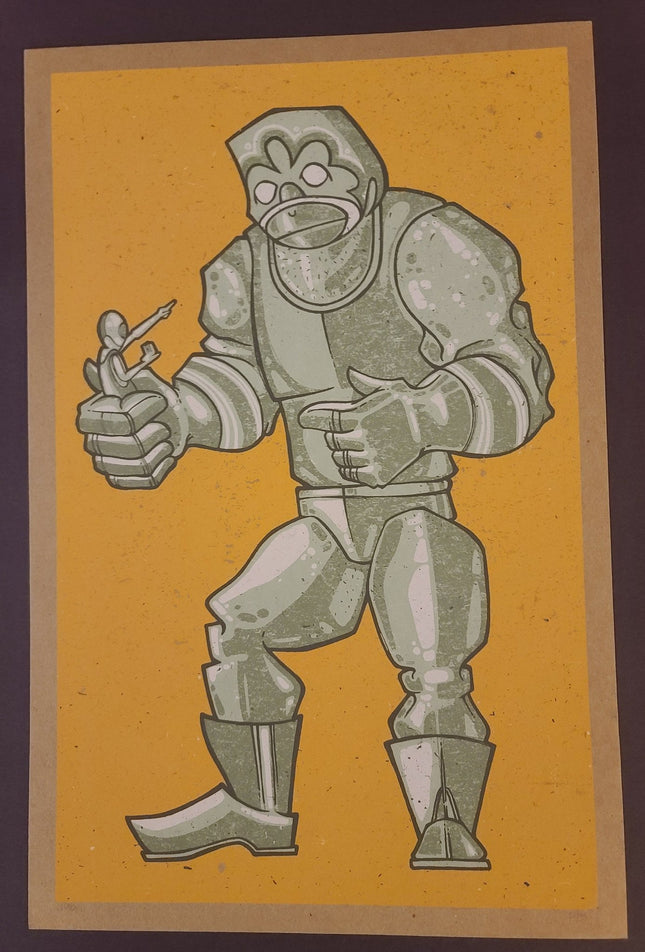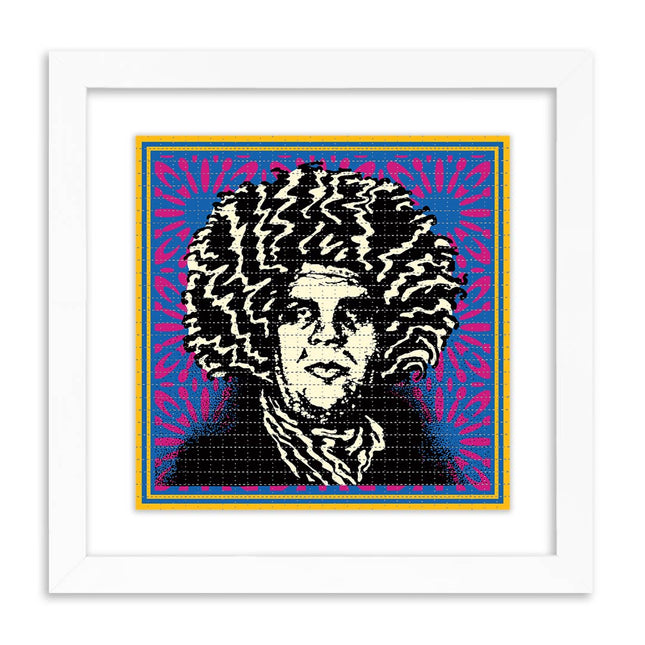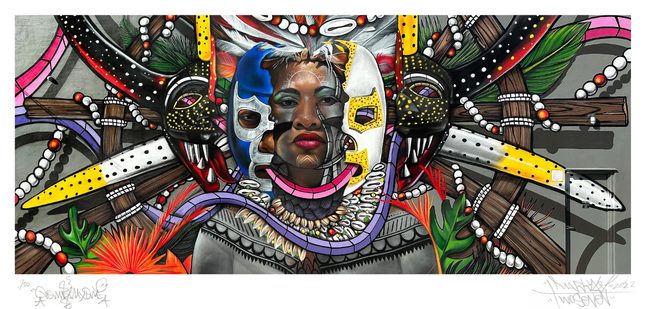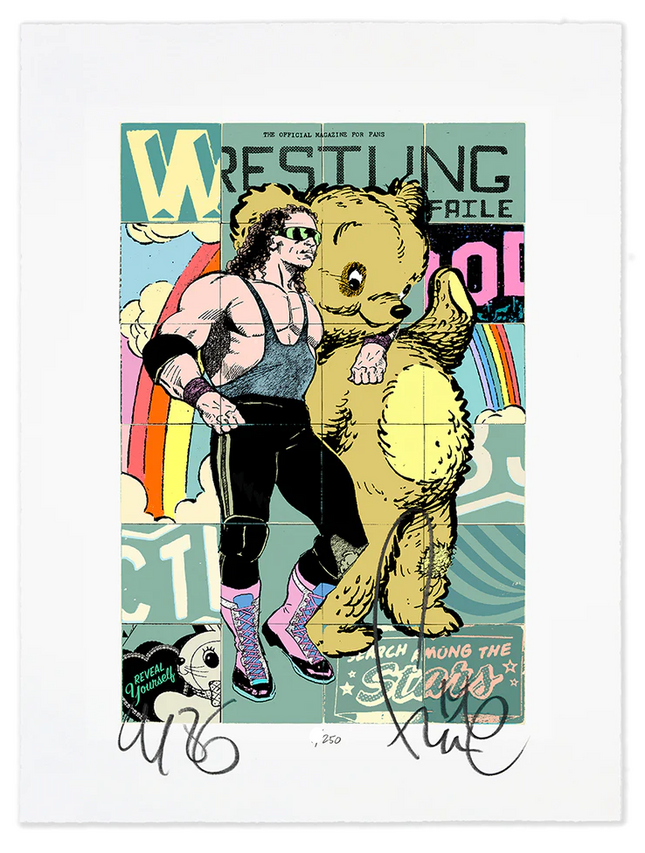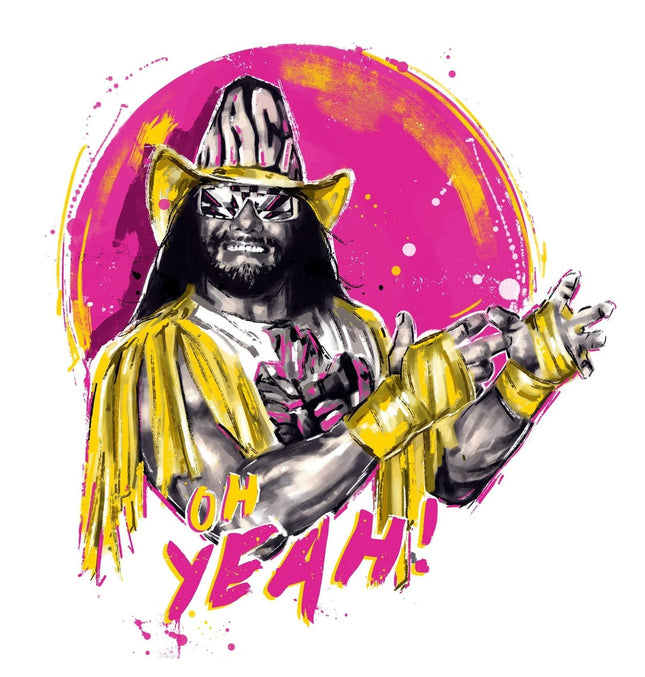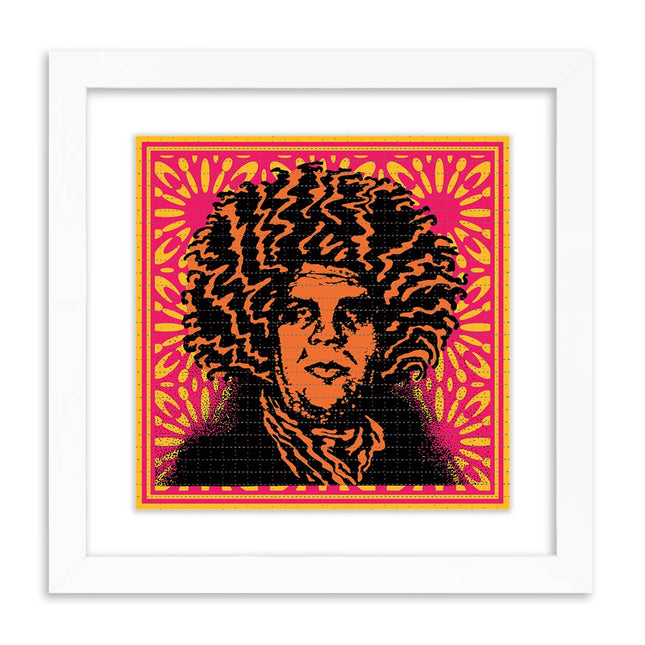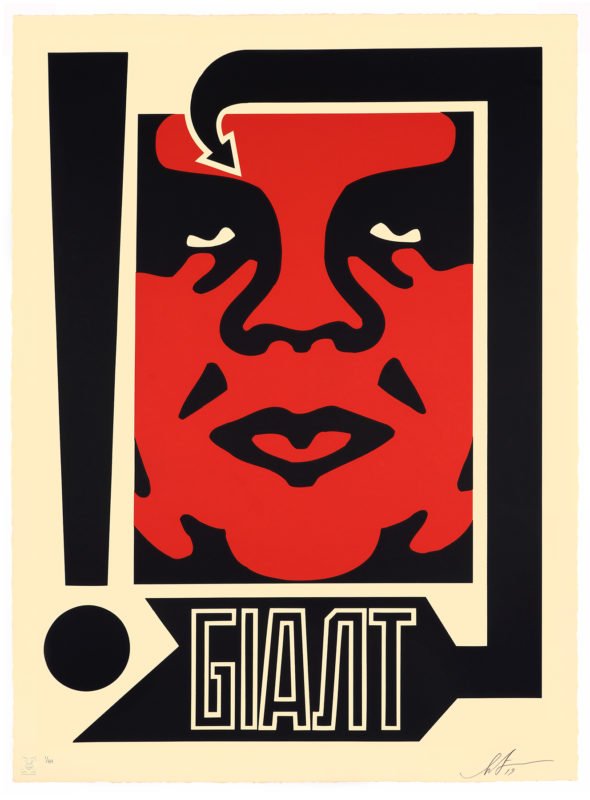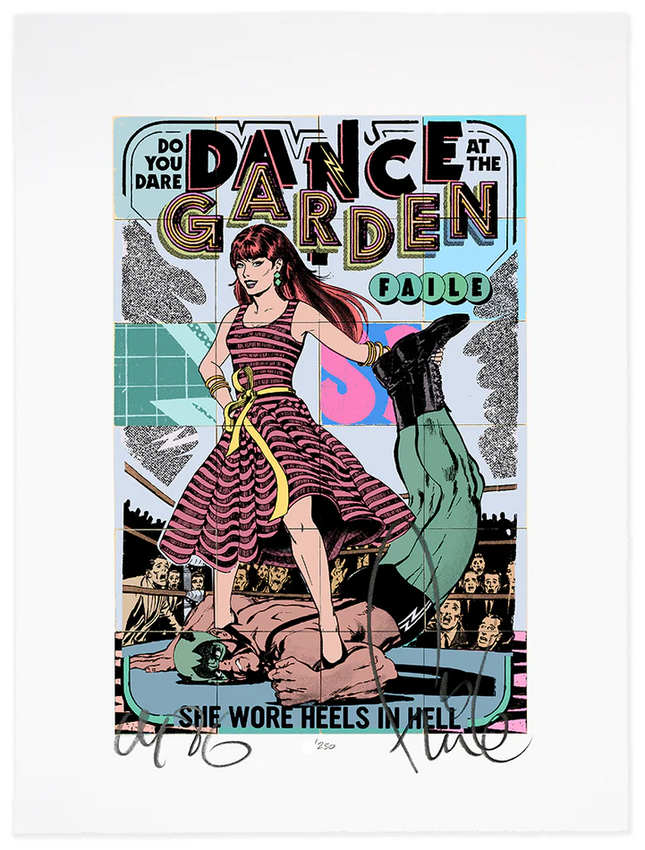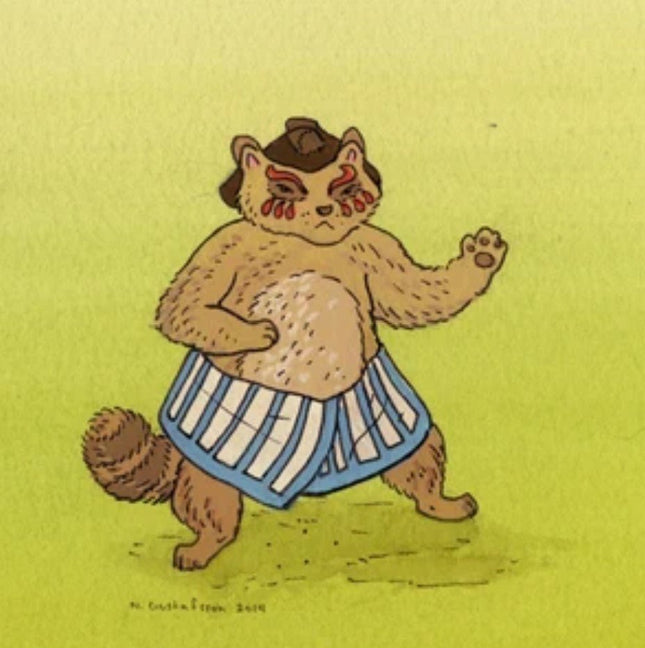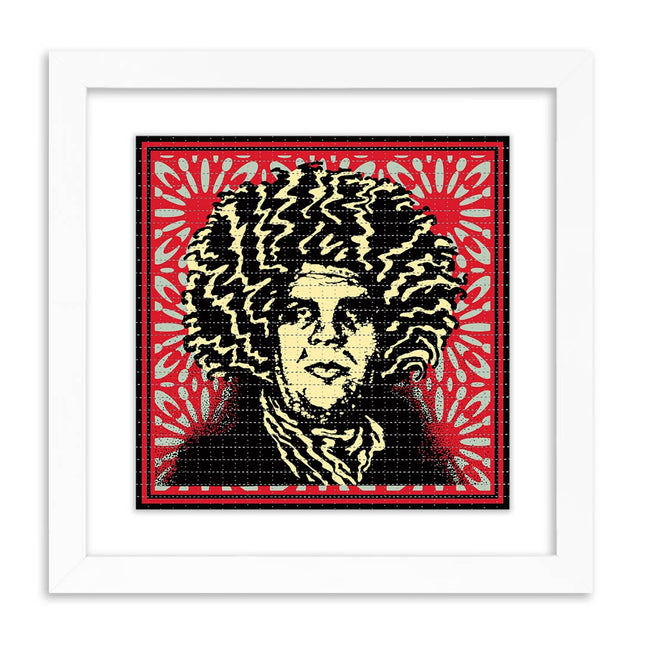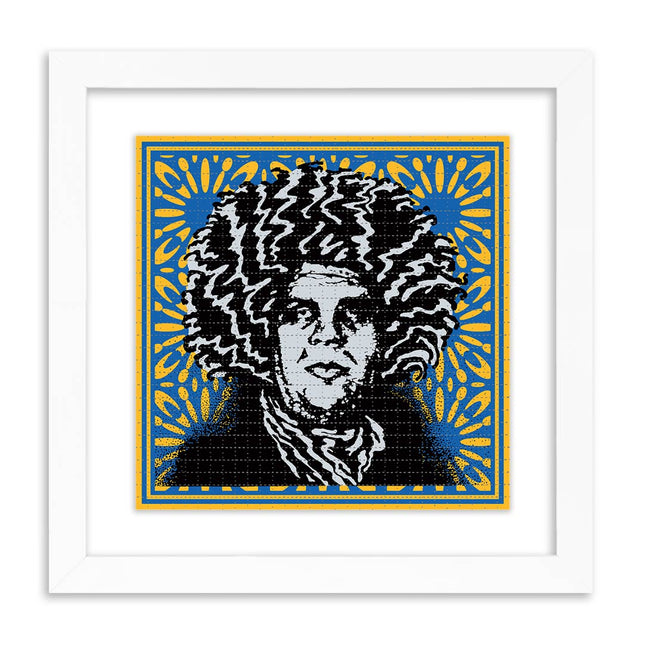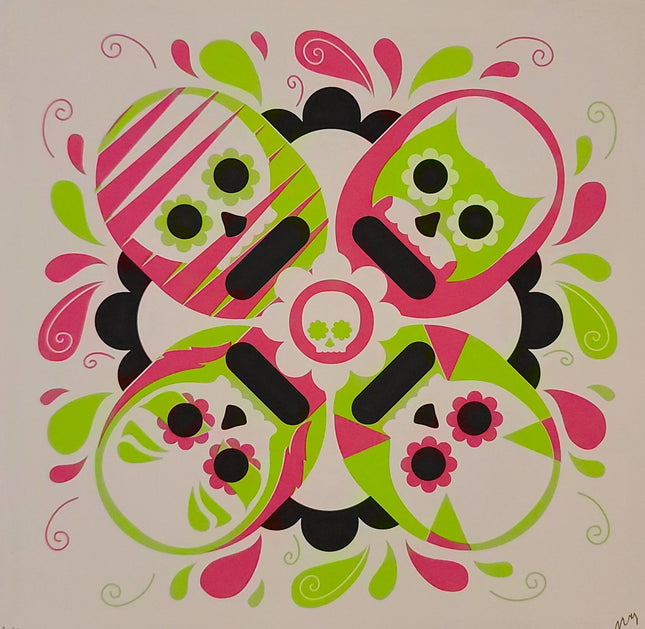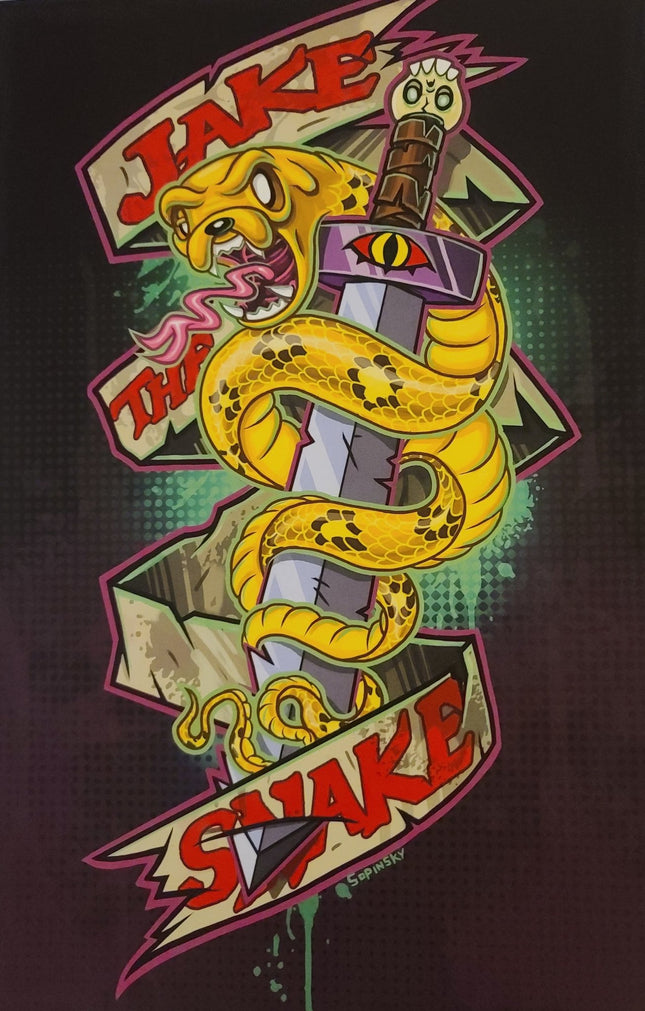
The Dynamic World of Wrestling in Street Pop Art & Graffiti
Wrestling, with its vibrant personas and dramatic narratives, has long been a subject of fascination in popular culture, and it has found a resonant echo in the realm of street pop art and graffiti artwork. This sport, characterized by its theatricality and athletic prowess, provides a rich tapestry of imagery and symbolism for artists to draw from, making it a frequent motif in their creative expression. The larger-than-life characters, the intense physicality, and the spectacle of the wrestling world offer a unique visual language that translates powerfully into art. Artists within the street pop art movement have been drawn to the raw energy and vivid storytelling inherent in wrestling. They incorporate the sport's iconic imagery, from masked luchadors to muscled figures locked in combat, to explore themes of identity, power, struggle, and triumph. These works often use exaggerated features and dynamic poses typical of wrestlers to convey motion and emotion, bringing the static surfaces of walls and canvases to life. Graffiti artists, in particular, have embraced wrestling for its rebellious spirit and its roots in working-class entertainment. The sport's blend of authenticity and artifice resonates with the graffiti ethos, often involving crafting an alter ego or persona that can take on mythic proportions in the public imagination. By depicting wrestlers, these artists can delve into discussions about public personas versus private selves, the spectacle of celebrity, and the narratives we construct around heroes and villains. In street pop art, wrestling imagery is sometimes used to comment on social and political issues, drawing parallels between the performative aspects of wrestling and those found in everyday life. The struggle within the ring can be seen as a metaphor for personal and societal conflicts, with the artists using the visual shorthand of wrestling to communicate complex ideas about resistance, resilience, and identity. Wrestling's inherent theatricality also aligns with the pop art tradition of elevating popular culture to the level of fine art. Artists in this space celebrate the sport's colorful, exaggerated nature, creating works that are both an homage to and a critique of the spectacle. The dazzling costumes, the dramatic storylines, and the archetypal characters of wrestling provide a fertile ground for exploration and reinterpretation in art.
